What comes to mind when you think of fruits that start with L? Lime, lemon, lychee—what else? Today, let’s follow me and take a fun trip into the world of “L” fruits.
These insights aren’t just about eating; they’re about discovering cool stuff about these L-named foods . They will amaze you with their appearance, flavor, texture, and even their background.
Besides fruits, there are some suggestions about “L” veggies. So ensure that you’ll reach the end of the article!
34 Fruits That Start with L with Filters
Here are 34 fruits starting with the letter L with advanced filters that enable you to determine which are considered national favorites, unique ones, and which are perfect for recipes, drinks, or food decorations.
Lemon
- For Beverages
- For Dishes
- For Garnish
Lemon is one of the most common citrus fruit varieties that grow worldwide. You will find different types of lemon, such as Eureka, Lisbon, Meyer, etc.
As a citrus family member, lemons are widely used to add sour flavor to foods and drinks, one of which is the famous lemonade.
This sourness acts as an indicator of the large amount of vitamin C they contain. Specifically, only 58 grams of lemon can provide over 30 milligrams of vitamin C.
Lemons and their tremendous health benefits range from weight loss, and preventing dehydration to relieving depression and preventing cancer.
Lime
- For Beverages
- For Dishes
- For Garnish
Lime is a small, round, green citrus fruit known for its acidic juice and aromatic zest. With its familiar green color, lime has branched into several species worldwide, such as key lime, Persian lime, Makrut lime, and desert lime.
When mixing tropical cocktails, lime juice is a bright candidate. This juice is also a common cooking ingredient in Thai, Vietnamese, Mexican, and Indian cuisines.
Another remarkable usage of lime is its essential oils. Burning lime essential oil immediately gives your home a divine uplifting scent. It’s also great for keeping mosquitoes and insects away.
This citrus fruit is originally seen in Southeast and South Asia and Australia.
Lychee
- Exotic
- For Dishes
Lychee is a tropical fruit with an oval or round shape. The fruit is covered by a rough, leathery skin that is typically pink-red to reddish-brown when ripe. Each fruit is about 1 inch in diameter and grows separately on branches.
Its white transparent aril covers a large brown seed; the taste is tangy, sugary, and juicy. Dried lychee is a delicacy in Asia for its vitamins and flavor. It is quite popular in traditional desserts.
Lychee grows in many Asian countries, including China and India. Lychees were first introduced in the US in Florida in 1916. Although it is newly popular in America, it has been one of the favorite fruits of Chinese people for a long time.
Longan
- Exotic
- For Dishes
Longan first seemed to be from the mountain range of Myanmar and China, then made its way to Cambodia, Vietnam, and Thailand.
It’s frequently compared to lychee due to their similar appearance and taste profile. However, longans have a more subtle sweetness and are smaller in size with brown skin.
Longan is a tropical fruit with a mild aroma and sweet sugary white flesh underneath its brown matte shell. It carries a large, inedible, black seed.
It’s a cooling fruit that helps detox the body. It’s used in traditional Chinese food, desserts, and traditional Eastern folk medicine. You can find dried longan in Asian groceries all year round and fresh longan between July, August, or September in some Southeast Asian countries.
Loquat
- For Beverages
Loquat, also known as Japanese Medlar, is a fruit originally from China. People grow loquat trees for their leaves and their fruits.
Loquat is a spring and summer fruit. When it is ripe, you can smell its sweet aroma from miles away. The fruit is round, almost like a pearl shape. It grows in clusters, and the skin is yellowish or burned-orange.
People love making herbal tea from loquat leaves. Loquats are also beneficial with their high levels of nutrients, such as vitamins A, B6, B9, and other nutrients.
Loganberry
- Exotic
- For Beverages
Loganberry is a cross between a North American blackberry and a European raspberry. It has the size and shape of a blackberry but tastes more like a raspberry.
Loganberry grows on bushes and often bears fruits around midsummer to late autumn. This type of berry is extremely tasty, with tender skin and juicy flesh.
Loganberry is popular for beverages in New York and Canada. In England, people pair loganberry with Sherry trifle or juices as syrup, while in other parts of the world, it is consumed as wine, jams, and fruit syrups.
Lady Finger Bananas
- Exotic
- For Dishes
If you have visited countries like Indonesia, Thailand, Cambodia, and Vietnam, there is a high chance you have come across these Lady Finger bananas. They were first seen in South Asia and Australia.
It is a curvy, seeded banana that grows on a tall, slender tree. This type of banana grows in a bunch that carries 10 to 15 hands, each nurturing 12-18 bananas.
A banana is about 5 inches long with a thin size with light yellow skin. Lady Finger banana trees can give fruits all year round.
This banana variety is sweeter and creamier than regular bananas due to their tropical condition. Asian people love using this fruit in desserts such as deep-fried bananas, chè (aka sweet soup in Vietnamese dessert), sugar-coated dried bananas, etc.
Lemon Aspen
- For Beverages
Despite its name, lemon aspen (or lemonwood) isn’t one of these familiar lemon types you know. It is a small tree that grows in rainforests at an altitude of up to 1,000 meters. It mostly grows near the coastal area of Queensland, Australia.
Lemon aspen carries a soft spherical shape and light green skin like lime. Their seeds are black and small.
This fruit can be used to make sauces, jams, jellies, preserves, and beverages. Australian people love its sour apple-like flavor, some even say lemon aspen carries a hint of grapefruit crossed with lemon tart.
Lemon aspen grows in heavy bunches, and farmers harvest the fruits in midsummer and autumn. You can collect the semi-ripe fruits when they fall on the ground or give the tree a firm shake.
Lucuma
- For Beverages
Lucuma is a delicious edible fruit that is native to South America. In Asia, people would call it eggfruit. Lucuma is an oval or round-shaped fruit with a bright yellow color on its skin and flesh. This tone of yellow is similar to an egg yolk.
Not only the color, but Lucuma’s taste is also just as creamy and cheesy as a sweet yolk, with a light bitter aftertaste. To eat this fruit, you can simply peel the soft shell off and enjoy it like an avocado.
The best tip when picking lucuma is to choose a soft and not too mushy one. This means the fruit is perfectly ripe. Lucuma is promoted for its health benefits and is often used in America as a sweetener replacement in the form of powder.
Lima Orange
- For Beverages
Belong to the all-time favorite orange group, Lima orange is a seasonal fruit that is only available in late winter to early spring. This fruit is always in high demand for its aromatic scent and sweet flavor.
Lima orange skin is a lighter tone of orange, with beige seeds inside. It is also very much like an orange you see on the market. Lima orange tastes best when you eat it on its own as fresh fruit or make juices, smoothies, shakes, cakes, fruit tarts, or cheesecakes.
Due to the specific dry heat climate, you will find many evergreen Lima orange trees in the Mediterranean. Local people love Lima orange for its juiciness, softly sweet flavor, and high vitamin C, vitamin A, and fiber.
Lapsi
- Exotic
- For Dishes
Lapsi is called hog plum in Nepal. The fruits grow on a tall tree, up to 20 meters or higher. The Lapsi tree is valuable for its fruits, the locals use its seed for medical reasons, and the hardwood is good for harvesting.
The fruit is oval, with greenish skin and some dark or gray skin that slowly turns yellow when the fruit is ripe. The flesh has a slightly lighter yellow shade than mango flesh.
One bite of lapsi fruit can make you wince because the flavor is extremely sour. Therefore, you should eat it with some chili salt or shrimp powder salt to balance the taste. If you’re lucky, you may find a ripe and sweet lapsi and enjoy it.
Lemato
- Exotic
Lemato or rosato is a hybrid cross between lemon and tomato. This is the work of an Israeli researcher who engineered tomatoes’ taste with a hint of lemon and rose aromas.
Since it was created in a lab. And until now, only nearly 82 people have tested and experienced the fruit. Lemato has a sense of perfume plus lemongrass. Some even said it tasted like roses or some fragrance.
Limequat
- Exotic
- For Beverages
Limequat is a hybrid between key lime and kumquat. Therefore, it carries many of the citrus characteristics. It is a small fruit that you can eat as a whole with its skin on. It’s so sour that you can barely finish a whole fruit.
It is best to eat when it’s ripe, or when the skin turns yellow. You can also use it in cooking as you would do with lemons or limes, especially limequat jelly on toast!
It is now grown worldwide from Asia, South Africa, Europe, and the United States.
Limau Bali
- For Beverages
- For Dishes
Limau Bali, also known as pomelo, is a medium-sized fruit resembling grapefruit with thick, green, porous skin and a delightful aroma.
It is the largest of all citrus fruits, with a thick, green or yellow rind and a sweet, slightly tart flesh inside, which can range in color from white to pink to deep red.
The fruit is segmented and can be eaten fresh or used in salads, desserts, and beverages.
Limeberry
- Exotic
- For Beverages
Limeberry or sweet lime is a fruit native to tropical Southeast Asia, especially the island regions of Indonesia and the Philippines. The fruits are red when ripe, and their flavor is reminiscent of lime but sweeter.
As a citrus relative, limeberry tastes surprisingly sweet and pleasant. Therefore, it’s used to make delicious preserves or tea with an amazing smell. On top of that, people also make aromatic bath salts and cosmetics out of limeberry leaves.
Limeberry is popular among traditional medicines in Southeast Asia. This fruit can help with sore throat, cough, and diarrhea.
Langsat
- Exotic
- For Dishes
Langsat is a very popular fruit in Asian countries. Its journey started in western Malaysia and some islands of the Philippines, and then it went to Thailand, Vietnam, and the south of India.
The fruit grows in clusters forming from 20 to 30 oval fruits. Each fruit is about 1 to 2 inches in diameter and has light yellow skin with some gray spots. I thought it was a bunch of baby potatoes stuck together when I first saw it.
It’s a deliciously edible fruit. After removing the skin, the fruits resemble garlic with 5 to 8 translucent lobes; each lobe may contain a flat seed. Langsat’s flesh tastes like no other. It’s firm and sweet, and the texture is semi-jelly.
Lemon Drop Melon
- For Beverages
- For Dishes
Lemon Drop melon is a hybrid of the Galia melon with some excellent features in the melon family.
Along with beautiful golden-tanned skin, a netted partner distinguishes the Lemon Drop melon from the rest of the melon. Underneath the skin, its succulent has a pale green color that is dense, soft, and extremely low in sugar.
You can serve it as raw fruit or slice it into small pieces of yogurt mix, cheese, and a cold cut platter.
Besides the fact that it’s healthier to eat fruit with less sugar, Lemon Drop melon also contains a high level of Vitamin C and B6.
Langra Mango
- Exotic
- For Dishes
Langra mango, also known as Banarasi Langra or Malda mango, originally grows in Northern India and has made its way to other parts of the country and some areas of Pakistan.
Langra mango has green skin when it’s young. But when it’s ripe, the skin gradually turns to a nice yellow color but still retains some of the greenish tinges.
Langra mango is one of many exported agricultural products that bring pride to the Indian people. The fruit is not only extra juicy and sweet but also has a smooth texture that is perfect for eating raw or making into a dried mango snack.
Lippens Mango
- For Dishes
Lippens mango was originally from Florida and became a commercial product in 1945. Nowadays, it remains mainly grown in Florida, USA, which is a land of sunlight and warm water.
Lippens mango has an oblong-oval shape. This fruit has light green skin when maturing and yellow skin when ripe with a rouge blush tint.
The mango flesh has a deep yellow color and a fruity candy-like scent. Its texture is fiberless, and it has a light sweet flavor.
The right time to buy Lippens mango at a good price is June to July, which is its peak season.
Lambkin Melon
- For Dishes
Lambkin melon is a relative of the Christmas melon or Santa Claus melon. This type of melon has a shape similar to an American football. The skin is a greenish mix with a yellowish pattern. Its flesh is fairly pale with a mild sweet taste and bitterness.
Lambkin melon is best when eaten raw with the seeds rinsed out. Lambkin melon would make a great highlight for your salad, and you can make it into some ice cream. It is rich in vitamin C, fiber, iron, and calcium.
Lancetilla Mango
- Exotic
- For Dishes
Lancetilla mango, originated in Honduras, was introduced to the American people via mango festivals in the early 2000s.
This mango variety is heavy. One mango can weigh from 2 to 5 pounds. Lancetilla mango skin is red and fades into green. Its flesh is firm and bright yellow, with a unique sweet taste and a slightly sour aftertaste.
Lancetilla is a popular fruit used in making pickled mango or recipes. If you come to Florida in the season for Lancetilla (August to September), don’t forget to grab one and try it out.
Lingonberry
- For Beverages
- For Dishes
- For Garnish
Lingonberries, or partridgeberry, mountain cranberry, or cowberry, grow all over the Northern Hemisphere, from Europe and Asia to North America.
Lingonberry is small and has a dark-red shiny skin with an acidic taste. Some people compare its taste with cranberries and find similarities, although lingonberry is not as acrid. It’s a great match for both dessert and savory dishes.
Though as a wild berry, people call it a superfood due to its many nutritional values and health benefits. Lingonberry is promoted as beneficial for brain and oral health. It also helps protect kidney protection and promotes gut health.
Lantana Camara Berry
- Exotic
- Fruit Vegetables
Lantana Camara berry is of the berry type that bears fruits all year round, with the peak season in the summertime. These berries are popular in tropical climate areas of America, Australia, and throughout Asia.
Lantana Camara berry is only edible when it’s ripe and turning into a dark purple shade. If you see this berry in your garden, ensure it’s ripe because the unripe or green berries might contain toxins.
For usage, you can find Lantana Camara berries in products such as jams, jellies, and dye inks.
Long Neck Avocado
- Fruit Vegetables
Long Neck Avocado, as its name suggests, features an elongated shape that distinguishes it from the more commonly known round or pear-shaped avocados.
Despite its unusual shape, Long Neck Avocado offers the same creamy flesh that avocados are known for. It has a buttery texture and a nutty, slightly sweet flavor.
This avocado is native to tropical regions around the world, including Florida and the Caribbean. As avocados should be, Long Neck avocados have vitamins K and C. It also helps boost the immune system.
Lilly Pilly Berry
- Exotic
- For Beverages
Lilly Pilly berries are small fruits with an oval or round shape. The fruit has a dark pink-purplish color and grows on small trees.
These berries were first discovered growing in the wild, and then people have produced them commercially worldwide.
They are edible and tasty. You can eat them raw or in jams, jellies, and syrup, or use them to make delicious salad dressing. You will sometimes find Lilly Pilly berry as an additional flavor in ice cream, cake pastry, smoothies, and on a cheese platter.
Lord Lambourne Apple
- For Dishes
Lord Lambourne apple was first introduced in England to be in a high-quality class of apples. This British apple is often greenish and yellow, with a large portion flushing in red or orange.
When you bite the apple, its juiciness and refreshing tartness hit you first. The Lord Lambourne apple, available mid-season, can be found at UK farmers’ markets or sometimes in supermarkets.
Liberty Apple
- For Beverages
- For Dishes
Liberty apple is a hybrid apple developed in the US in 1955. This fruit cover is dark, shiny red. Its shape is fairly round and symmetrical.
The trees give medium-sized fruits. Each fruit size is an average of 3 inches or smaller. You can eat them fresh from the tree, make juices from the fruits, or store them for delicious apple pies.
Lodi Apple
- For Dishes
Lodi apple is another hybrid apple that is popular in the market. It carries a light green color on its skin and is commonly known as a cooking apple. You can especially find it in the United States’s south.
As a summer fruit, the Lodi apple is great for apple pies, jams, and applesauce. Its flesh is juicy with a luscious aftertaste that can make you mouth-watering.
Lady Apple
- For Garnish
Lady apple has to be one of the oldest ones discovered and then introduced in America in the 1800s. It is now growing in many countries, such as Australia, the USA, and the UK.
You might have heard of it before as Pomme d’Api, Lay’s Finger, or Christmas apple. Lady apple has a rosy glow of green with blush red and a satin finish. It tastes aromatic and sour, which is similar to most apples.
Cooking methods such as baking, caramelizing, or roasting are best in bringing out the flavor of this fruit. That’s why you often find lady apples in these forms of food rather than being eaten raw.
Le Conte Pear
- For Dishes
As fancy as the name may sound, you’ll be surprised that this pear has grown in Texas backyards for a long time. This fruit started as an agricultural wildlife exemption and was animal food. Then it made its way to the food and dessert table.
Le Conte pear is delicious when it’s ripe. But you can also eat it when it’s still young. This fruit’s coverage is a thin layer of green with poor skin and is about 5 to 8 centimeters in size.
The flesh is juicy, mildly sweet, and carries a light fragrance. The best time to get in is from July to August. However, you can always buy some extra and store them for up to 1 month.
Louise Bonne Of Jersey Pear
- For Dishes
Louise Bonne of Jersey pear, originating from Normandy, France, in the late 1700s, made its way to England through Jersey Island.
This dessert pear is known for its rich, juicy flesh and a harmonious blend of sweet and tangy flavors, accompanied by a fragrant aroma.
Its skin is a striking green with a red blush on the side exposed to the sun, giving it a smooth look.
Leucaena Leucocephala
- For Dishes
- Fruit Vegetables
Leucaena Leucocephala is a small tree; you may also know them as river tamarind or Jumbay. It is native to southern Mexico, northern Central America, and parts of Asia.
Only the young pods are edible food. Occasionally, you will find them in stews, legumes, salads, and tacos. It’s also used to produce pulp for the paper industry.
Long Island Cheese Pumpkin
- For Dishes
- Fruit Vegetables
Long Island Cheese pumpkin or Long Island Cheese squash is a pumpkin whose shape resembles a cheese wheel on the outside.
This type of pumpkin is known for its silky smooth and mellow texture. You can easily store this pumpkin for 3 to 6 months in the cooler or dry and dark storage.
People serve this fruit in roasted, sautéed dishes, soups, stews, and especially pumpkin pie. You can come across Long Island Cheese pumpkin on the market from late fall to late winter.
Lablab
- For Dishes
- Fruit Vegetables
Lablab is a species of bean that is native to Africa. The fruit is a legume pod that varies in shape and size and is often seen to have green or purple colors.
Most parts of the lablab plant are indeed edible when properly prepared. This includes the leaves, flowers, and beans. However, it’s important to note that the beans must be cooked to eliminate toxins.
What Are Famous L-named Vegetables?
Below are the top five most popular options for “L” vegetables.
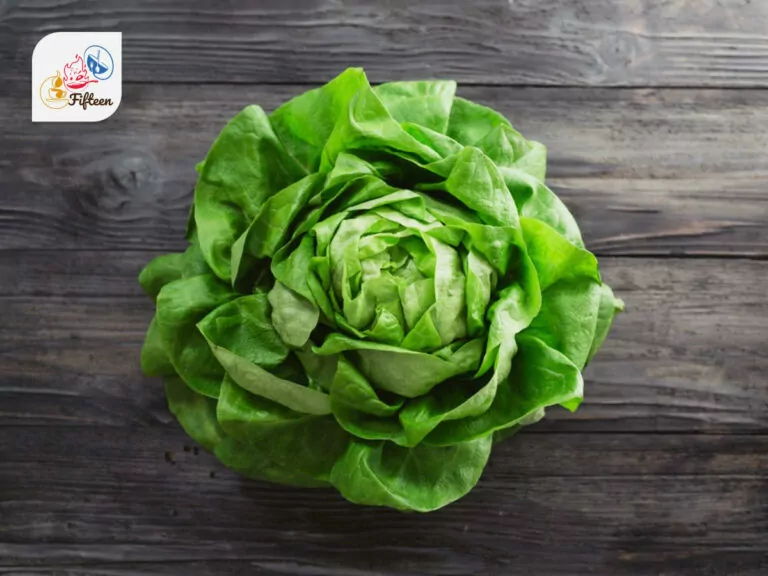
Lettuce
Lettuce is a leafy green commonly used in salads, sandwiches, and wraps for its crisp texture.
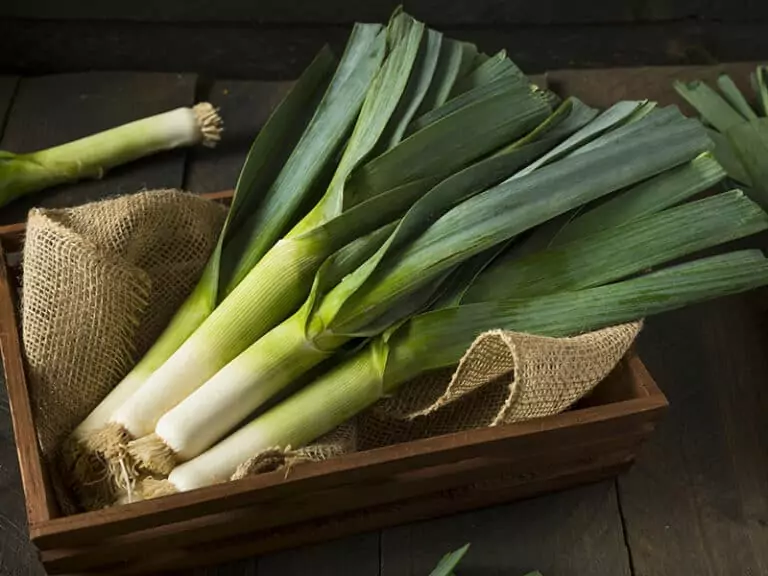
Leek
Resembling a larger, milder green onion, leeks are valued for adding a subtle, sweet depth to soups and stews.
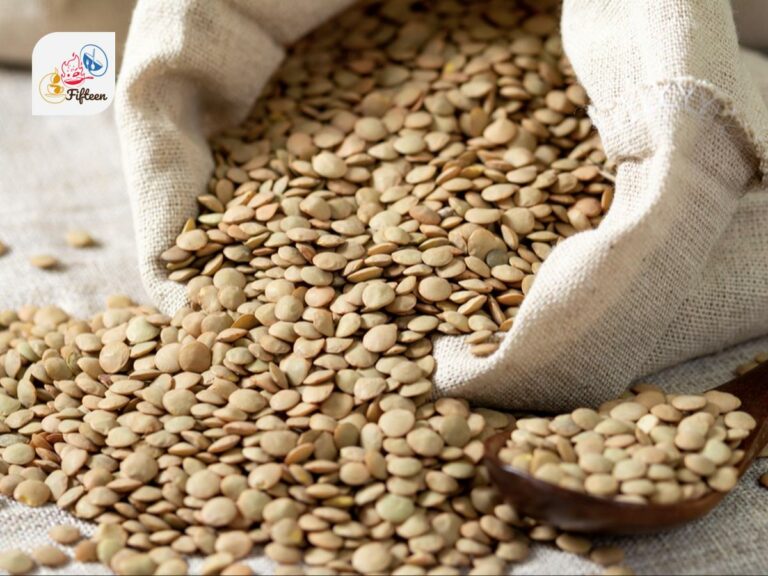
Lentil
Lentils are small, lens-shaped legumes come in various colors. They are a staple in vegetarian dishes due to their high protein content.
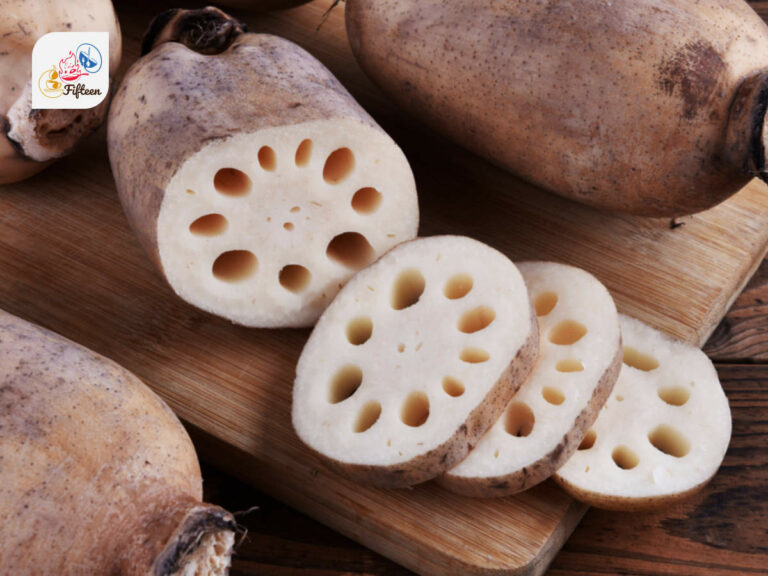
Lotus Root
Recognized by its unique wheel-like appearance when sliced, lotus root offers a crunchy texture and is often used in Asian cuisine for its sweet and slightly bitter taste.
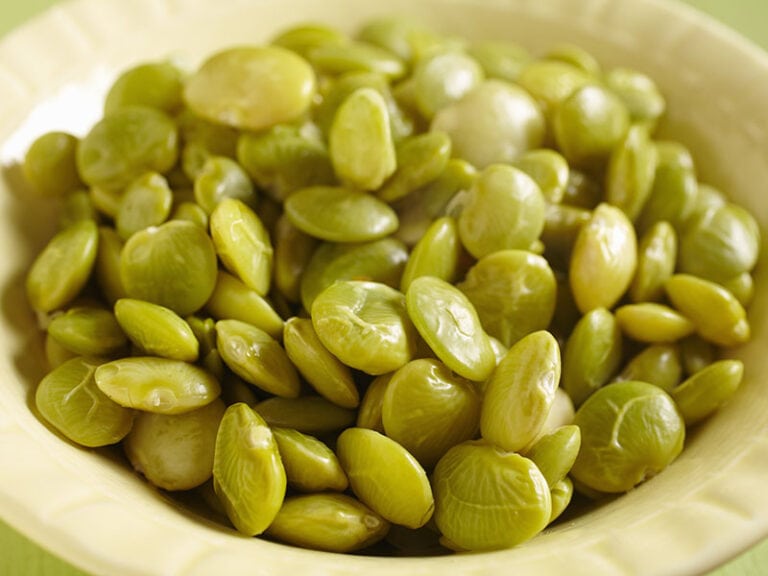
Lima Bean
Also known as butter beans, lima beans are large, flat, green legumes known for their buttery texture and mild flavor.
For more details, you can refer to this collection of L-starting veggies here.
There you have it! After discovering these 34 different fruits that start with L together, I am confident that you can now join a fun fruit naming competition with friends and be the winner.
It would be extremely helpful and appreciated if you could share your experience with me or share this post with your friends if you find it helpful and informative. I look forward to hearing from you.
For more insight, you can check below list for more fruits with other letters. Thank you!

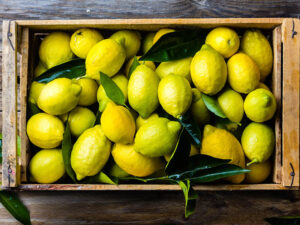
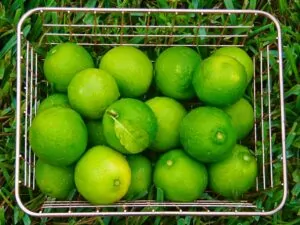
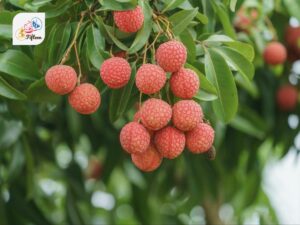
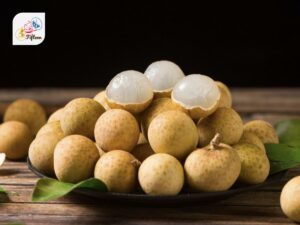
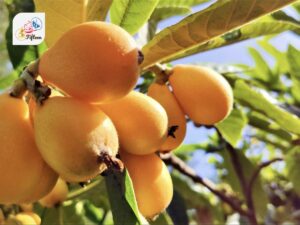
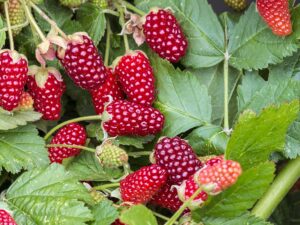
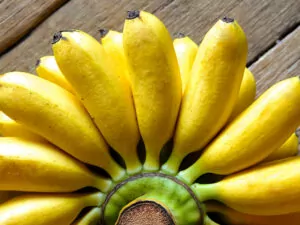
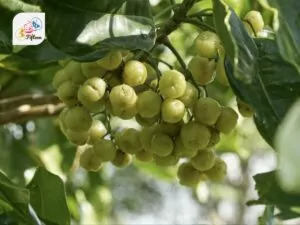
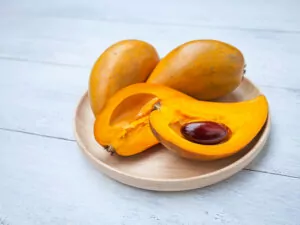
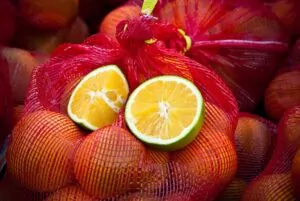
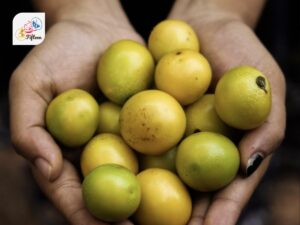
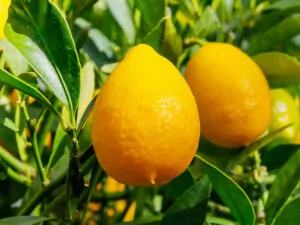
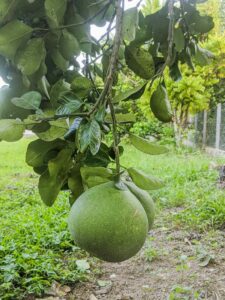
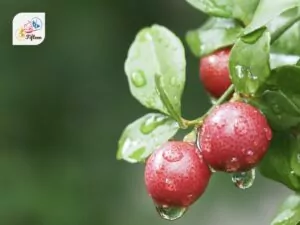
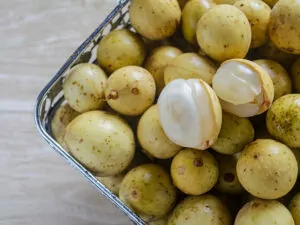
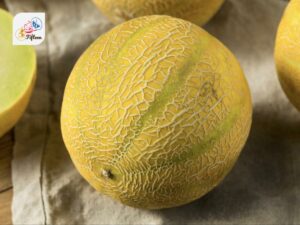
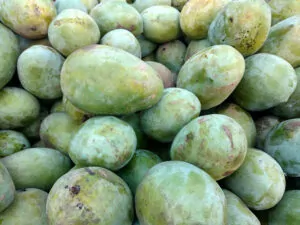
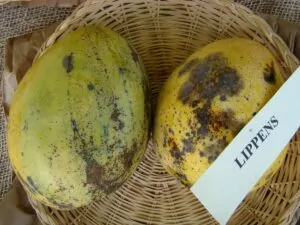
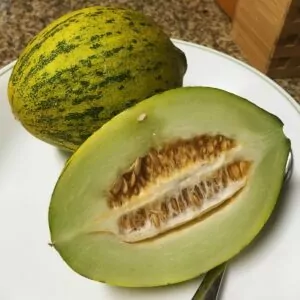
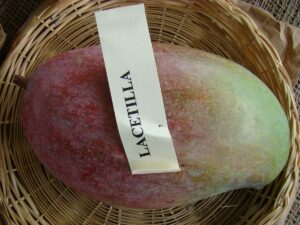
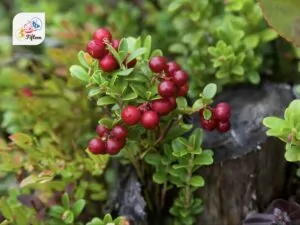
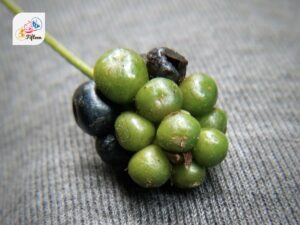
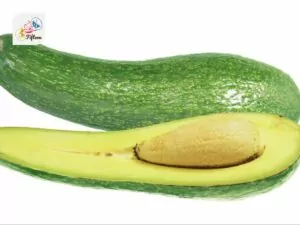
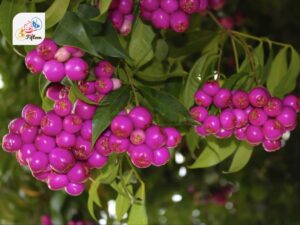
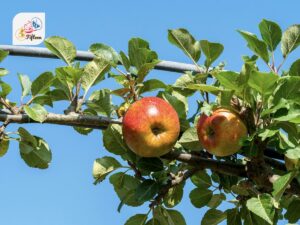
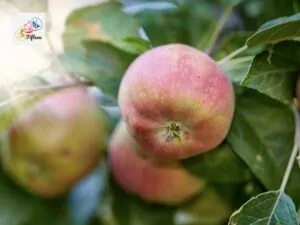
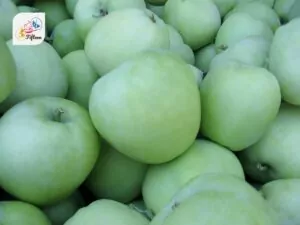
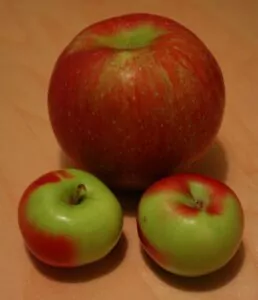
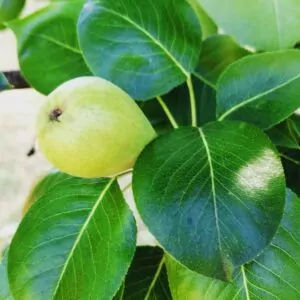
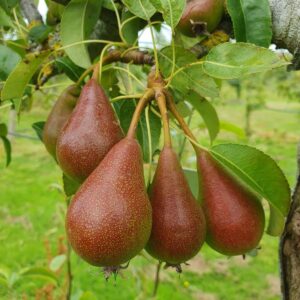
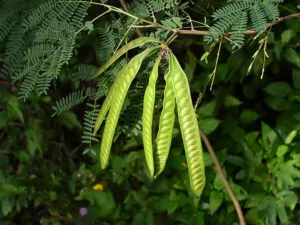
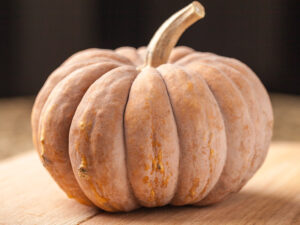
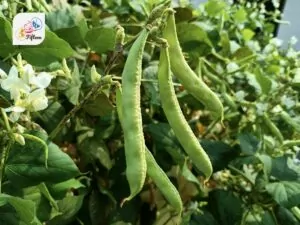
Jamie Scott
Editor in Chief, Senior Content Writer
Expertise
Home Cooking, Meal Planning, Recipe Development, Baking and Pastry, Food Editor, Cooking-video Maker, Western Food Evaluation Expert
Education
Le Cordon Bleu College of Culinary Arts
Local Community College, New York, NY
Jamie Scott is a skilled culinary expert and content creator specializing in Western cuisine. With over 15 years in the culinary field and formal training from Le Cordon Bleu, Paris, Jamie deeply understands how to blend nutrition with delicious flavors. His passion for cooking matches his commitment to making healthy eating accessible and enjoyable.
On Fifteen.net, Jamie brings a fresh perspective to classic dishes and beverages, offering readers insightful recipes, cooking tips, and a fresh view on meal planning that emphasizes taste, health, and simplicity.